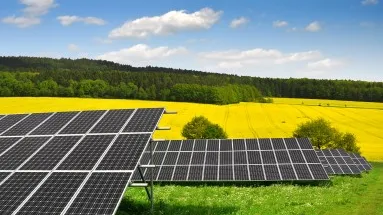
TNB subsidiaries collaborate to install 2MWp solar PV
This is in line with the company’s goal to achieve net-zero emissions by 2050.
Tenaga Nasional Berhad’s (TNB) subsidiary GSPARX Sdn Bhd will install over two megawatt-peak (MWp) of solar capacity in partnership with two other TNB subsidiaries in support of the company’s sustainability efforts.
TNB Chairman Dato' Sri Hasan Arifin said the collaborations between GSPARX, Malaysia Transformer Manufacturing (MTM), and Universiti Tenaga Nasional (UNITEN) are in line with the company’s Sustainability Pathway to reach net-zero emissions by 2050, supporting the government’s target to achieve Net-Zero Carbon Emissions by 2050.
“TNB continues to ramp up the promotion of Renewable Energy (RE) solutions, including through its wholly-owned subsidiary, GSPARX, to expand the solar industry while encouraging smart green living to the community with solar as an alternative energy source,” he said in a statement.
TNB said GSPRAX, which specialises in rooftop solar solutions, has installed solar panels on the rooftop of the MTM premises in Kapar and Ulu Klang, Selangor in May 2022.
The installations which are under a 21-year supply agreement can deliver 945 kilowatt-peak (kWp) and 532 kWp of solar capacity at Kapar and Ulu Klang premises, respectively, and can generate around 1.9 million kilowatt-hours (KwH) of solar capacity annually.
This allows them to save around $1.4m (RM6m) and can potentially reduce carbon dioxide (CO2) emissions equivalent to the electricity consumed by 253 homes in a year or carbon sequestered by 1,538 acres of forest yearly.
Meanwhile, GSPRAX plans to install a solar photovoltaic system at the UNITEN’s College of Engineering and Administration Building in Putrajaya by October 2022.
It will be installed under a 20-year supply agreement, delivering 548.7 kWp of solar capacity with an annual generation of 700,764 kWh. The university may also save around $795,000 (RM3.5m) over 20 years due to the project.
The project, signed on 7 April, can potentially reduce CO2 emissions within the quantum of 497 metric tonnes annually, which is equivalent to planting 8,214 tree seedlings for a decade or removing carbon from 108 travelling passenger vehicles per year.
Read also: TNB sees double-digit profit drop to RM9b in Q1
$1 = RM4.40
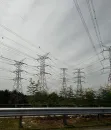
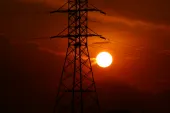
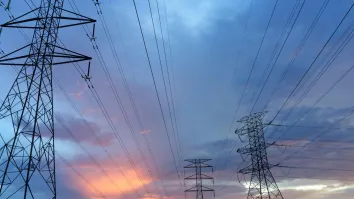
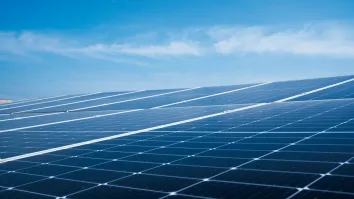
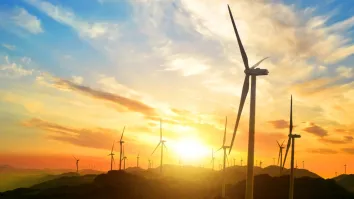
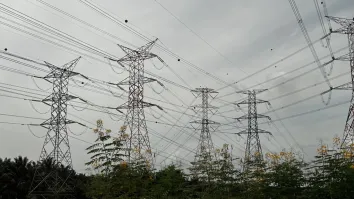




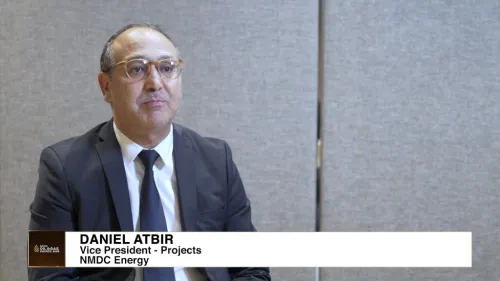

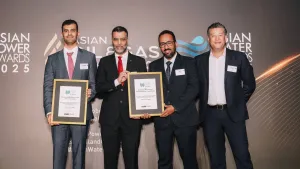






 Advertise
Advertise







